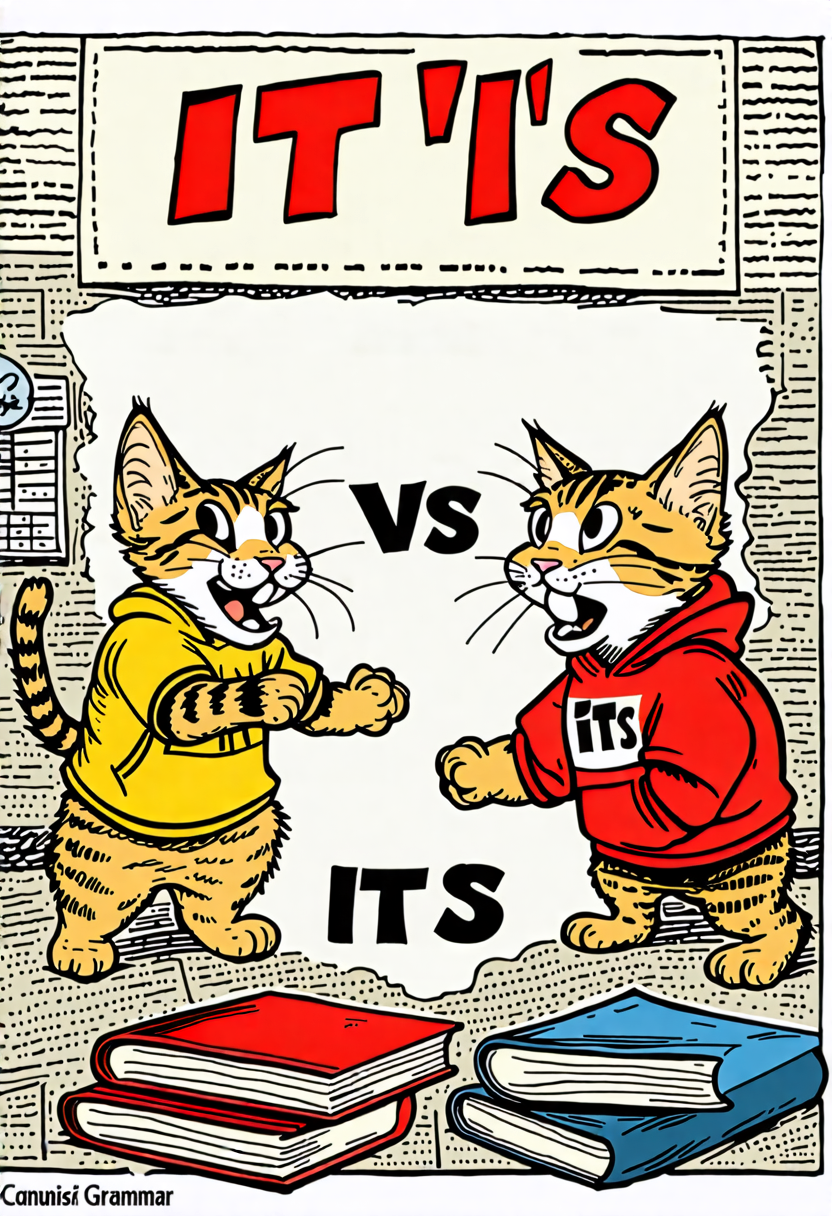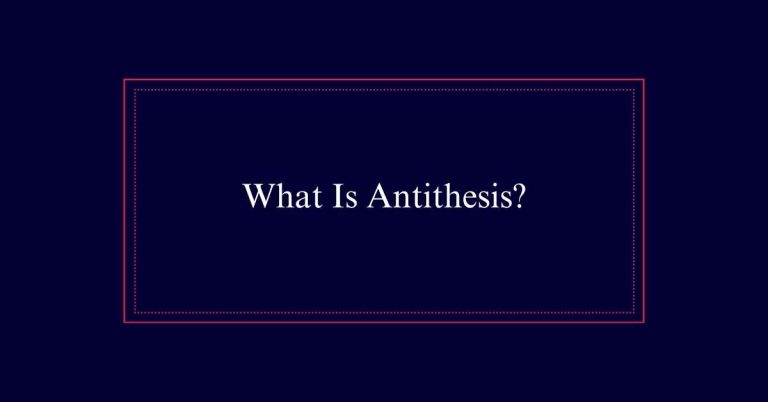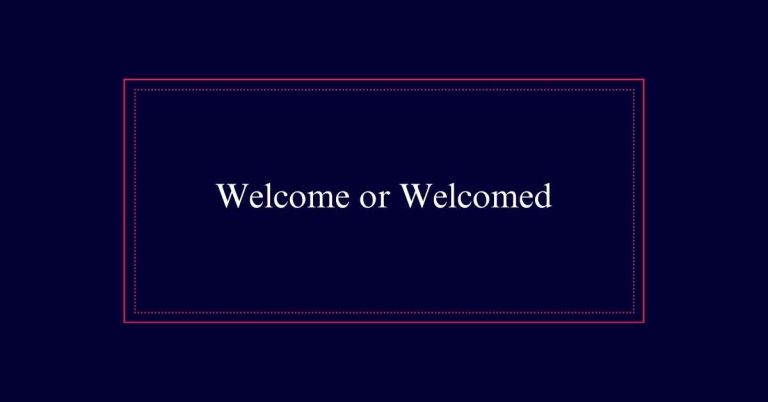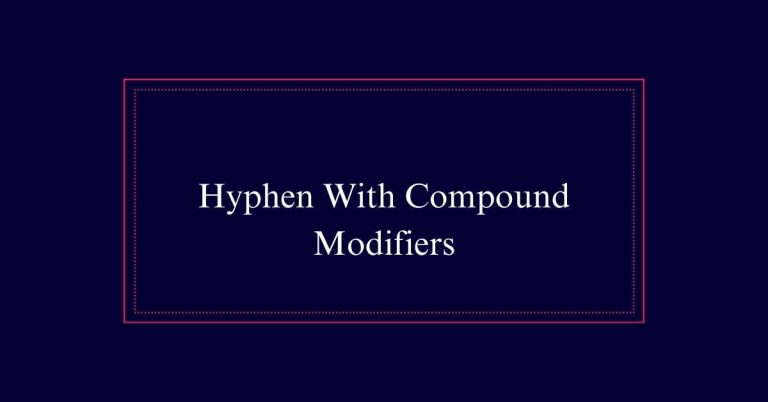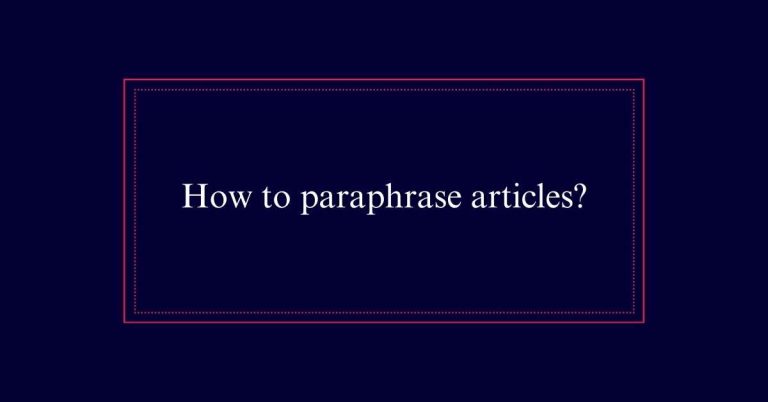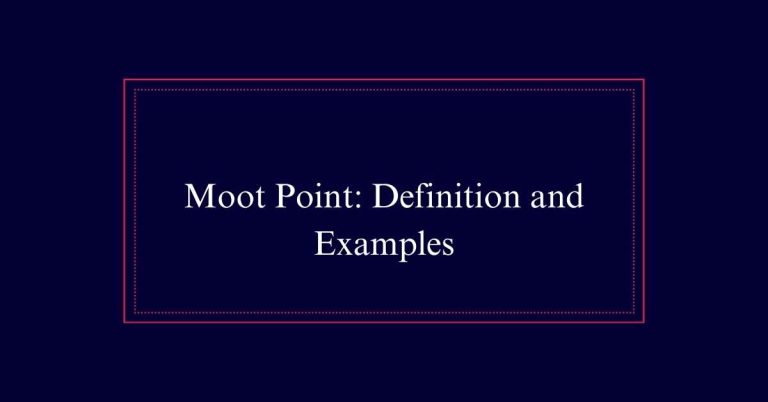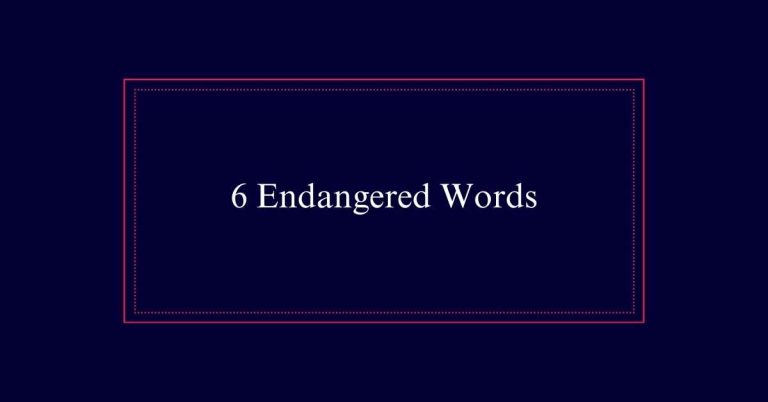Its Vs. It’s
Understanding the difference between ‘its’ and ‘it’s’ is essential for clear writing. ‘Its’ is a possessive form, indicating ownership, as in “The cat licked its paws.” In contrast, ‘it’s’ is a contraction for ‘it is’ or ‘it has,’ such as in “It’s going to rain” or “It’s been a long day.” To decide which to use, try replacing ‘it’s’ with ‘it is’ or ‘it has’—if it fits, use the contraction. Remember, ‘its’ without an apostrophe is always possessive.
Possessive Noun Vs. Contraction
When distinguishing between ‘its’ and ‘it’s,’ understanding whether you are dealing with a possessive noun or a contraction is essential.
‘Its’ is a possessive noun, meaning it shows ownership. For example, ‘The cat licked its paws.’ Here, ‘its’ indicates the paws belong to the cat.
On the other hand, ‘it’s’ is a contraction for ‘it is’ or ‘it has.’ For example, ‘It’s going to rain,’ where ‘it’s’ stands for ‘it is.’
Misusing these forms can lead to confusion in writing. Remember, if you can replace ‘it’s’ with ‘it is’ or ‘it has,’ use the contraction. Otherwise, use ‘its’ to show possession.
Understanding ‘Its’
Understanding the possessive form ‘its’ is essential for clear and accurate writing. ‘Its’ is used to denote ownership or belonging. It serves as the possessive form of the pronoun ‘it.’
When something belongs to or is associated with a noun previously mentioned, ‘its’ is the correct choice. For example, ‘The cat licked its paw.’ Here, ‘its’ shows that the paw belongs to the cat.
Remember, ‘its’ does not have an apostrophe. This lack of an apostrophe distinguishes it from the contraction ‘it’s,’ which means ‘it is’ or ‘it has.’
Understanding ‘It’s’
‘It’s’ is a contraction that combines ‘it is’ or ‘it has’ into a shorter form. This contraction is useful for making sentences easier to read and write. The apostrophe in ‘it’s’ signals the missing letters, making it clear that it stands for two words.
To understand when to use ‘it’s’, consider these points:
- ‘It’s’ replaces ‘it is’ in sentences.
- ‘It’s’ also stands for ‘it has.’
- The apostrophe shows the word combination.
- Commonly used in conversational writing.
- Helps to make text more concise.
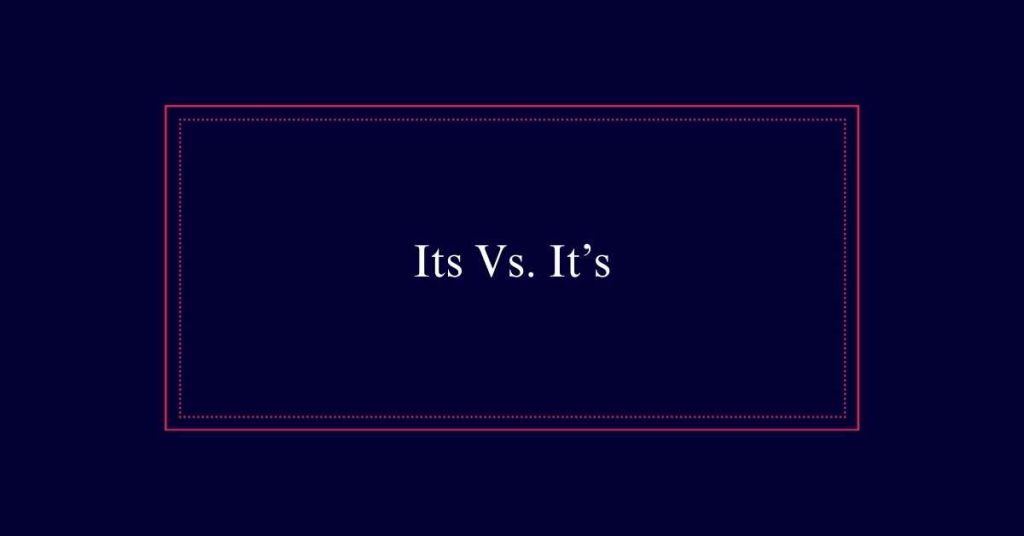
Correct Usage of ‘Its’
Now that we have understood the contraction ‘it’s,’ let’s explore the correct usage of ‘its’ to denote ownership or belonging. ‘Its’ is a possessive pronoun used to indicate that something belongs to or is a part of an inanimate object or animal.
Unlike ‘it’s,’ ‘its’ does not contain an apostrophe. For example, in the sentence ‘The cat licked its paw,’ ‘its’ shows that the paw belongs to the cat. Another example is ‘The company updated its policy,’ where ‘its’ indicates the policy belongs to the company.
Correct Usage of ‘It’s’
The contraction ‘it’s’ combines the words ‘it is’ or ‘it has’ and includes an apostrophe to indicate this combination. It is important to use ‘it’s’ correctly to make sure your writing is clear and professional.
Here are some guidelines:
- ‘It’s’ as ‘it is’: ‘It’s raining outside.’
- ‘It’s’ as ‘it has’: ‘It’s been a long day.’
- Avoid using ‘it’s’ for possession: This is a common mistake.
- Check by expanding: Replace ‘it’s’ with ‘it is’ or ‘it has’ to see if it fits.
- Use in contractions: Makes writing more conversational and concise.
Ownership and Belonging
Understanding the correct use of ‘its’ is equally important to guarantee clarity in your writing. ‘Its’ is the possessive form of ‘it,’ indicating ownership or belonging. It is used to show that something belongs to or is a part of something else. This form is essential when referring to objects, animals, or concepts without specifying gender. For example, ‘The company increased its profits.’
Here is a useful table to understand ‘its’ in different contexts:
| Example Sentence | Explanation | Context |
|---|---|---|
| The cat licked its paws. | Shows the paws belong to the cat. | Possession in objects/animals. |
| The book lost its cover. | Indicates the cover belongs to the book. | Ownership in inanimate objects. |
| The robot displayed its functions. | Highlights the functions of the robot. | Showing features of non-living items. |
| The garden had its charm. | The charm belongs to the garden. | Abstract ownership. |
| The team reached its goal. | The goal belongs to the team. | Group or collective ownership. |
This table helps illustrate the practical use of ‘its’ in sentences.
Gender-Neutral Nouns
Using ‘its’ is particularly useful when referring to gender-neutral nouns. It provides a clear way to denote possession without implying gender. This is especially important in modern language usage, where inclusivity is key.
Here are some examples of how ‘its’ can be used effectively:
- Company: ‘The company increased its profits.’
- Team: ‘The team celebrated its victory.’
- Country: ‘The country updated its policy.’
- Machine: ‘The machine completed its task.’
- Animal: ‘The dog wagged its tail.’
Apostrophe Indication
How does an apostrophe indicate possession or contraction in the context of ‘its’ and ‘it’s?
An apostrophe in ‘it’s’ signals a contraction. It combines ‘it is’ or ‘it has’ into a shorter form. For example, ‘It’s raining’ means ‘It is raining.’
Conversely, ‘its’ without an apostrophe shows possession. It indicates that something belongs to or is associated with ‘it’. For instance, ‘The cat licked its paw.’ Here, ‘its’ shows that the paw belongs to the cat.
Usage Examples of ‘Its’
Examples of ‘its’ demonstrate how this possessive pronoun is used to indicate ownership or association. Understanding its usage is key to mastering precise and clear writing.
Here are some examples to illustrate how ‘its’ functions in sentences:
- The cat licked its paws.
- The company updated its policy.
- The tree lost its leaves in autumn.
- The car had its engine repaired.
- The book had its cover torn.
In each case, ‘its’ shows possession without needing an apostrophe. The noun following ‘its’ indicates what is being owned or associated. This clear usage helps avoid confusion and guarantees that your writing remains professional and accurate.
Usage Examples of ‘It’s
Now, let’s look at some examples of ‘it’s’ to understand its role as a contraction. ‘It’s’ is used to shorten ‘it is’ or ‘it has’. This makes sentences more concise and conversational. Here are some examples to illustrate its use:
| Sentence | Full Form | Contraction |
|---|---|---|
| It’s raining outside. | It is raining outside. | It’s |
| It’s been a long day. | It has been a long day. | It’s |
| It’s a beautiful morning. | It is a beautiful morning. | It’s |
Frequently Asked Questions
Can ‘Its’ Be Used for Animals?
Yes, “its” can be used for animals. “Its” denotes possession and is appropriate when referring to an animal’s belonging. For example, “The cat licked its paw,” correctly uses “its” to show ownership.
Can ‘Its’ Be Used in Formal Writing?
Yes, ‘its’ can be used in formal writing. It is the correct possessive form of ‘it,’ denoting ownership. Proper usage of ‘its’ is essential for clarity and precision in professional and academic contexts.
